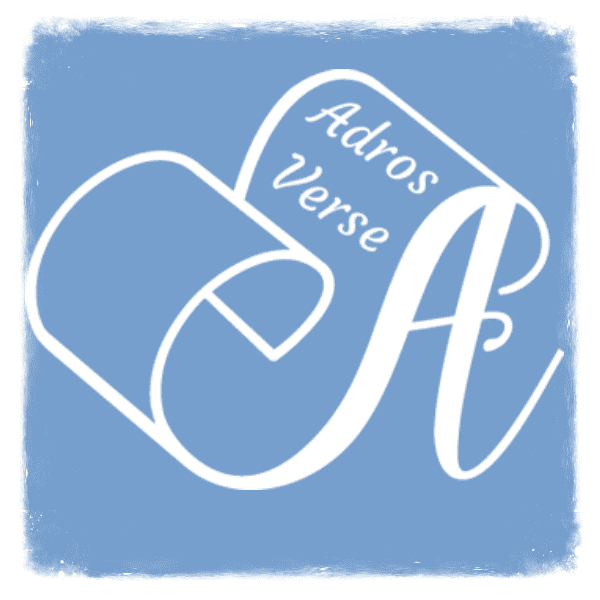1. Alphabet & Pronunciation
1.1. Vowels
2. Similarities to English
2.1. Capitalization
2.2. Negation
2.3. Punctuation & Written Accents
3. Gender & Plural
4. Cardinal Numbers
5. Subject Personal Pronouns
6. Present Indicative Tense I
7. The Articles
8. Interrogative Pronouns & Adjectives
9. Basic Phrases
1. Prepositions
2. Present Indicative Tense II – Irregular Verbs
3. The Verb “To Be”: “Ser” vs. “Estar”
4. Future Tense
5. Possessive Adjectives & Pronouns
6. Demonstrative Adjectives & Pronouns
7. Object Personal Pronouns
8. Relative Pronouns
9. Ordinal Numbers I
10. Times & Seasons
1. “Por” vs. “Para”
2. The Verb “To Know”: “Saber” vs. “Conhecer”
3. Indefinite Adjectives & Pronouns
4. Present Progressive Tense
5. Present Perfect Tense
6. Special Uses of “Haver” & “Ter”
7. Telling Time & Describing Weather
8. Adverbs
9. Directions
1. Degrees of Comparison: Comparatives & Superlatives
2. Past Tense: Preterite vs. Imperfect
3. Conjunctions
4. Reflexive Pronouns & Verbs
5. Time Expressions: Ainda, Já, Acabar, and Desde
6. Present Subjunctive Tense
7. Future Perfect Tense
1. Imperative Mood & Giving Commands
2. Simple Conditional Tense
3. Future Subjunctive Tense
4. Perfect Subjunctive Tense
5. Imperfect Subjunctive Tense
6. Past & Conditional Progressive Tenses
7. Interjections
1. Ordinal Numbers II
2. “Would/Should/Could Have …”
3. Pluperfect Indicative Tense
4. Pluperfect Subjunctive Tense
5.”Although” & “Despite”
6. Passive Voice & Impersonal “Se”
7. Diminutives & Augmentatives
Forming the negation in Portuguese is very straightforward.
We simply add “não” /nãw/ in front of the verb (and before any object pronoun before the verb), e.g., “Não jogo futebol”(I don’t play soccer), “Ele não me viu” (He didn’t see me), etc.
We can have a double negative in Portuguese without changing the meaning to affirmative, e.g., “Não quero nada” (I don’t want anything), where “nada” can mean “nothing” or “anything.”
Next: Punctuation & Uses of the Written Accent in Portuguese
Other lessons in Level I:









